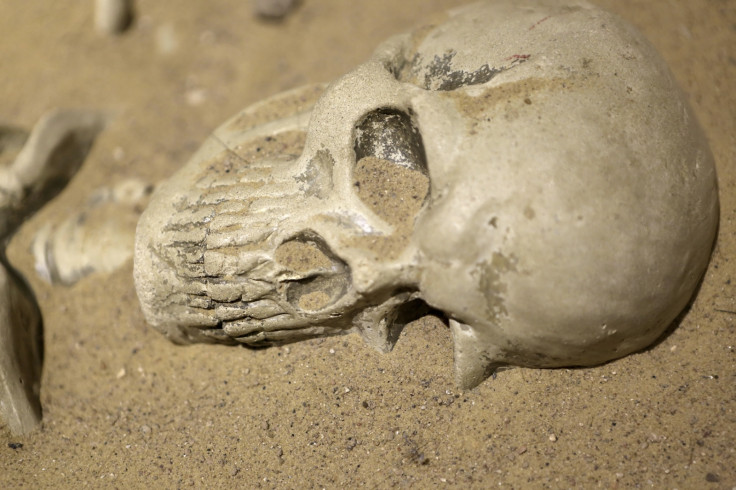Nazi myths of pure ancestry and master race debunked by genetics
DNA analyses show that Europeans have a rich and diverse ancestry.

As research into ancient human origins progresses, scientists are showing that there is no such thing as 'pure ancestry'.
In an article published in a special issue of Science focusing on migration, author Ann Gibbons discusses how scientific research is currently debunking the myths that shape ideas of origin and ancestry, using innovative DNA analyses techniques.
In recent years, studies have shown that nearly all Europeans descend from different waves of migrations that occurred over the past 15,000 years. The individuals who arrived last on the continent interacted and mixed with those who had arrived previously, giving birth to descendants who bear the traces today of this rich genetic history.
The 'Aryan myth'
The Science article tells the story of a large battle which took place in 9 CE, pitting a Germanic tribe against Roman forces near the village of Kalkriese in northern Germany. Arminius, a valiant warrior – described as blond, muscular young chieftain – has gone down in history as the first 'German hero' for leading the rebellion against the Romans and uniting Germanic Tribes in this fight.
Although there is plenty of evidence today that such a battle did take place, it is also clear that much of what has been said about Arminius is a myth. This has not stopped German nationalists and Nazis in the 20<sup>th century to use this legendary figure for their own purposes.
For the Nazis, Arminius belongs to a 'master race' from Germany and northern Europe – the Aryans. The superiority of the Aryans and the supposed purity of their ancestry was used to justify their conquest of Poland and Austria. Nazi propaganda is thought to have presented Hitler as a modern liberator similar to Arminius.
The article shows however how this Nazi view of the world is not based on scientific evidence. DNA analyses indicate that the German people have a rich and diverse genetic heritage like other Europeans.
The members of Arminius' tribe "like all Europeans of their day and later, were themselves composites, built from serial migrations into the heart of Europe and then repeatedly remixed", Gibbons writes.
New techniques for new results
Scholars have long studied artefacts left by ancient cultures all over Europe in an attempt to identify and study different waves of migrations. However, this is not the most reliable method – and now, the advances in the field of genetics have allowed new investigations to be carried out.
Scientists are now able to extract DNA from ancient skeletal remains, and to draw from it a much more accurate picture of people's genetic ancestry.
Ever since the first humans left Africa 60,000 years ago, Europeans' history has been shaped by migration.
Recent research has shown that most of the DNA in today's Europeans can be traced back to three separate waves of migration – starting with hunter-gatherers who came from the Middle East as the glaciers retreated 19,000 to 14,000 years ago. This was followed by a migration by farmers from northwestern Anatolia about 9000 years ago. The third wave migration started 5,000 years ago with herders who moved Europe from what is now known as Russia.
Other studies have been published, essentially backing up this picture.
The great German hero Arminius would have been a nice mix of "post–ice age hunter-gatherers, Anatolian farmers, and Yamnaya herders". The idea then that some Europeans have a unique, pure ancestry that they must protect does not stand up to scrutiny.
© Copyright IBTimes 2024. All rights reserved.







